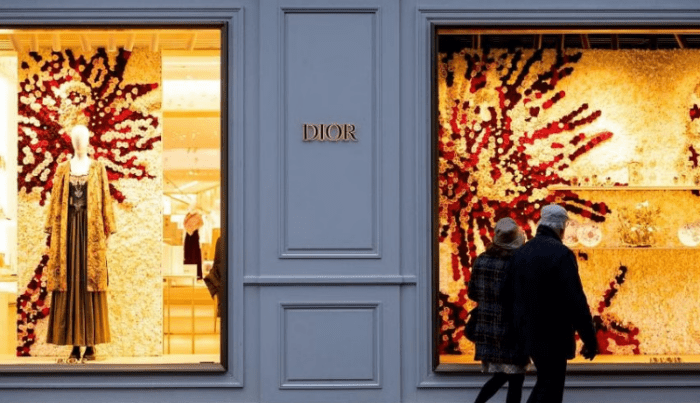In the current context of geopolitical unrest and economic uncertainty, a novel phenomenon among younger populations has emerged: “Doom Spending.” This problem, which has apocalyptic overtones, is actually related to millennials and Gen Z overindulging in luxury items as a way to escape tight budgets.
What is Doom Spending?
A “live for today, worry about tomorrow later” approach is adopted by many, who choose ostentatious objects as their aspirations of stability and homeownership grow farther off. Beneath the surface of luxury, though, is a deeper worry about the long-term effects of this kind of conduct, providing insight into the psyche of a generation that is characterized by rapid satisfaction and resignation in the face of economic adversity.
According to Credit Karma‘s Courtney Alev, a consumer financial advocate, “it’s a way to cope—albeit not the healthiest one.”
Spending money on luxuries in times of economic turmoil may seem counterintuitive, but for many young adults, it’s a coping strategy.
With living costs rising, student loan debt mounting, and the job market unpredictable, owning a home or raising a family looking increasingly distant, the idea of indulging in ostentatious expenditures offers a momentary diversion from the stress of money.
This shift in viewpoint suggests a gloomy assessment of economic prospects, where attaining conventional financial stability seems difficult at best. However, even if doom spending can bring about a sense of fulfillment right away, there are significant long-term risks involved.

The younger generation is constantly exposed to photos on social media of their friends having opulent belongings and experiences, which can lead to FOMO (fear of missing out) and encourage similar spending patterns.
Long-term living with parents has become more commonplace for certain people, giving them more discretionary income to indulge in ostentatious expenditures.
However, this financial safety net can provide a false sense of security, leading to imprudent financial decisions and an overreliance on parental support.
Moreover, the problem is made worse by Gen Z’s widespread fast gratification culture.
An alarming lack of financial foresight is shown by the fact that 73% of Gen Z choose present fun over future savings, according to an Intuit survey.
Aftermath of Doom Spending
The consequences of doom spending worsen as credit card debt surpasses $1 trillion and inflation spikes significantly. Living paycheck to paycheck is a real concern, and conserving money can be neglected in favor of quick gratification, which can lead to a vicious cycle of financial instability.
Nevertheless, there remains hope despite these difficulties. Financial gurus underline the need of establishing a balance between enjoying the moment and planning for the future. To reduce the risks associated with doom spending, Ted Rossman, a senior industry analyst at Bankrate, recommends automating savings and incorporating leisure spending into budgets.
Though the term “doom spending” is relatively new, the underlying ideas behind it may be found in previous economic downturns such as the Great Depression and the more recent Great Recession. Consumer behavior has frequently changed during economic downturns.

However, the social media epidemic and the growing acceptance of living at home may have made the present Gen Z and millennial trend worse.
While a brief escape from financial hardship may be possible with luxury, it’s important to recognize the pitfalls that come with overindulging.
Psychological Aspect of Dread Spending
It sheds light on the attitudes of today’s youth in the face of economic hardship. It conveys a mood of hopelessness and resignation, as people seek comfort in instant gratification. They try to reclaim control over their lives in an uncertain world by buying luxury goods.
Beneath this outward conflict, though, is a deeper one: the dread of losing out on things and experiences that represent happiness and accomplishment. This trend, which reflects a generation facing existential uncertainty, suggests that society is moving away from emphasizing long-term stability and toward short-term pleasures.
It’s crucial to comprehend the psychological causes of doom spending in order to treat underlying problems and encourage young people’s resilience and financial empowerment.

Lastly, it’s critical to recognize that even if “doom spending” could offer a momentary reprieve from concerns about the economy, it’s crucial to comprehend the hazards involved.
The effects of overspending worsen when inflation increases and credit card debt rises. But by fostering sensible spending practices and financial knowledge, we can equip young people to face these difficult times with confidence and foresight.
In the end, true financial security is the source of true peace of mind, no matter how uncertain the future may seem. Thus, it might be time to give up luxuries like luxury handbags and concentrate instead on prudent money management. Though it may sound jocular, nothing is more satisfying than reaching financial security at a period of uncertainty.
















